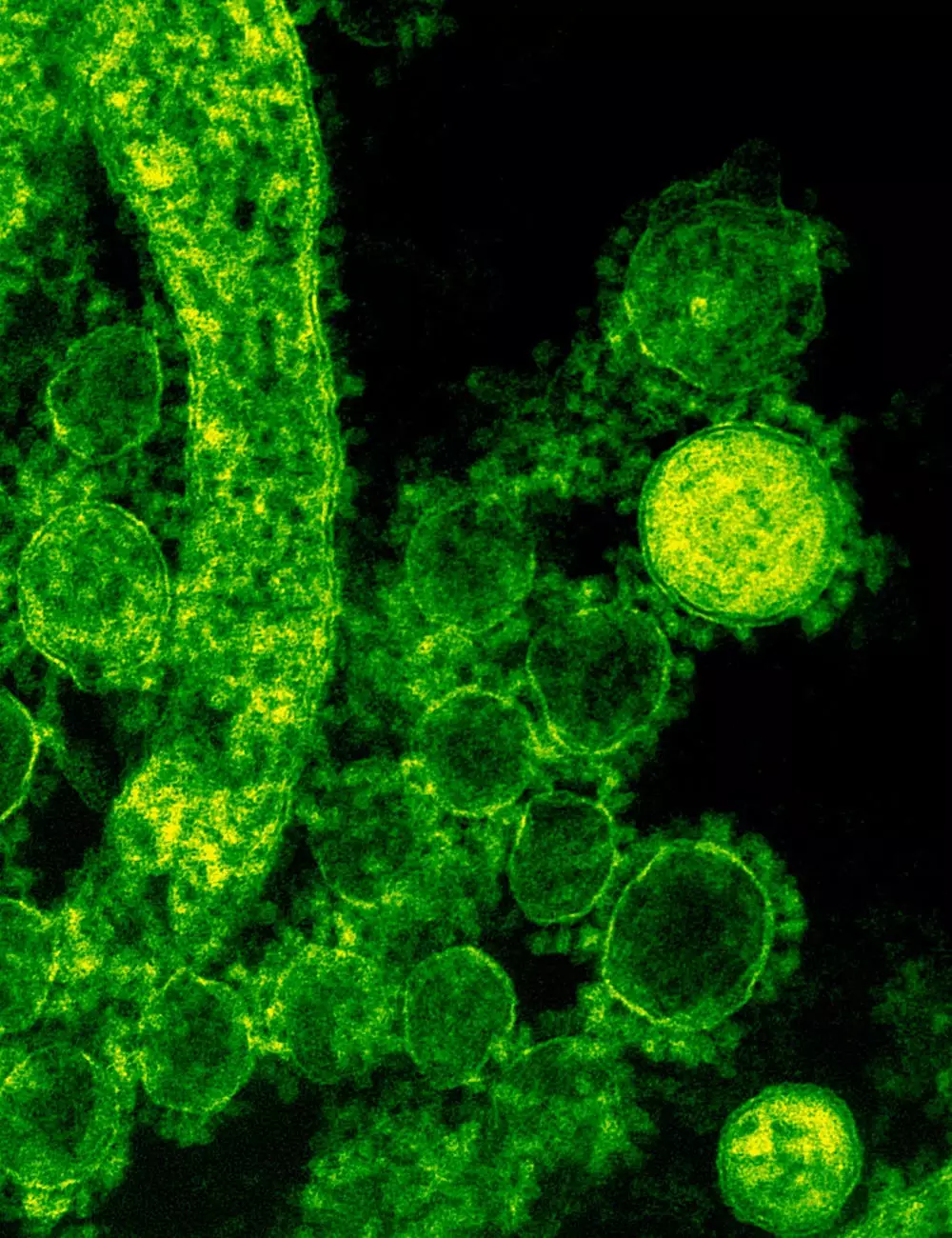The Structure of General Microbiology Lab Report

Introduction
Welcome to The Knowledge Nest's comprehensive guide on the structure of a general microbiology lab report. In this article, we will provide you with detailed insights into the key components and best practices for writing an effective lab report in the field of microbiology. Whether you're a student, researcher, or simply interested in learning more about microbiology, this guide will equip you with the necessary knowledge to conduct experiments, collect data, and analyze results.
1. Title and Abstract
Every lab report starts with a concise and descriptive title that encapsulates the purpose of the experiment. Additionally, an abstract provides a brief overview of the experiment, including the objectives, methods, and major findings. It serves as a summary for readers who may not have the time to read the entire report.
2. Introduction
The introduction section outlines the background information and context of the experiment. It should include a clear statement of the problem or research question, a brief review of relevant literature, and a hypothesis or objective. This section sets the stage for the experiment and provides readers with a solid understanding of the rationale behind the study.
3. Materials and Methods
The materials and methods section details the experimental setup, equipment used, and procedures followed during the experiment. It should be organized in a logical manner, enabling readers to replicate the experiment if desired. Include specific details such as concentrations, volumes, and incubation times to ensure reproducibility.
4. Results
The results section presents the raw data collected during the experiment. It can be presented in various formats such as tables, charts, graphs, or images. Remember to label your figures appropriately and provide clear and concise interpretations of the data. Statistical analysis, if performed, should also be included in this section.
5. Discussion
The discussion section allows you to interpret and analyze the results obtained. Discuss any trends, patterns, or significant findings observed during the experiment. Compare your results to previous studies or theoretical predictions, providing explanations for any discrepancies. Additionally, identify limitations and suggest areas for further research.
6. Conclusion
In the conclusion section, summarize the main findings of your experiment and their implications. Restate your hypothesis or objective and evaluate whether they were supported by the results. Emphasize the significance of your findings and their contribution to the field of microbiology. Be concise but thorough in your conclusion.
7. References
Properly cite all references used throughout the lab report. Include both primary and secondary sources to support your arguments and provide credibility to your work. Follow the appropriate citation style recommended by your educational institution or publication.
8. Appendices
If necessary, include any additional information or data that supports your findings but is too extensive to include in the main body of the report. This may include raw data, calculations, detailed methodologies, or supplementary figures.
Conclusion
Congratulations! You now have a comprehensive understanding of the structure and components of a general microbiology lab report. Remember, a well-written lab report not only showcases your knowledge and skills but also contributes to the scientific community. By following the guidelines outlined in this guide, you are well on your way to creating impactful and informative lab reports in the field of microbiology.










